John Barklow is a retired Navy diver with more than 20 years of experience operating the cold-weather training facility for Naval Special Warfare in Kodiak, Alaska. Barklow also is an accomplished big-game hunter and product manager for Sitka’s Big Game line. His experiences have helped the company develop serious clothing solutions for big-game hunters.
Barklow recently sat down with Evan Hafer, CEO of Black Rifle Coffee Company, on the Free Range American podcast to discuss his military experience and how it informed his approach to camouflage.
“We all know in the military that we’re developing camouflage to fool the human eye, and whatever technology we have as humans to see at night. But animals see differently. Science has proven ungulates, split-hooved animals like deer and elk, see differently [than humans].”
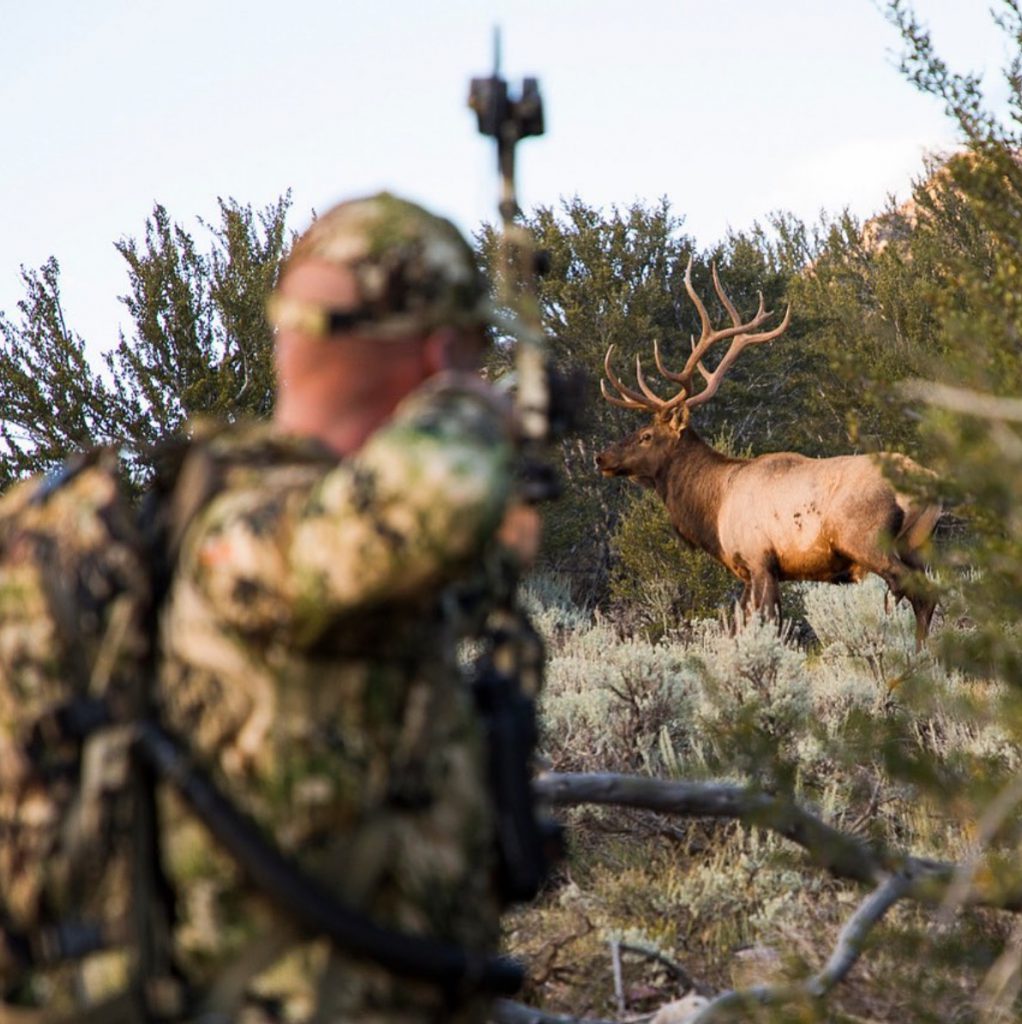
Sitka designed its OptiFade concealment camouflage specifically around the way animals see. Since hunters are trying to stay hidden from animals rather than humans, Sitka developed “a pattern that helps break up the human outline the way the animal sees things.”
There are several versions of Sitka’s OptiFade camo, but Barklow helped design the SubAlpine pattern, which has become popular among Western elk and mule deer hunters.
“What’s the general environment they live in? What kind of vision do they have? What’s the best science we can get? What are the shades that they see? Then we looked at that pattern under ‘animal vision,’” he said.
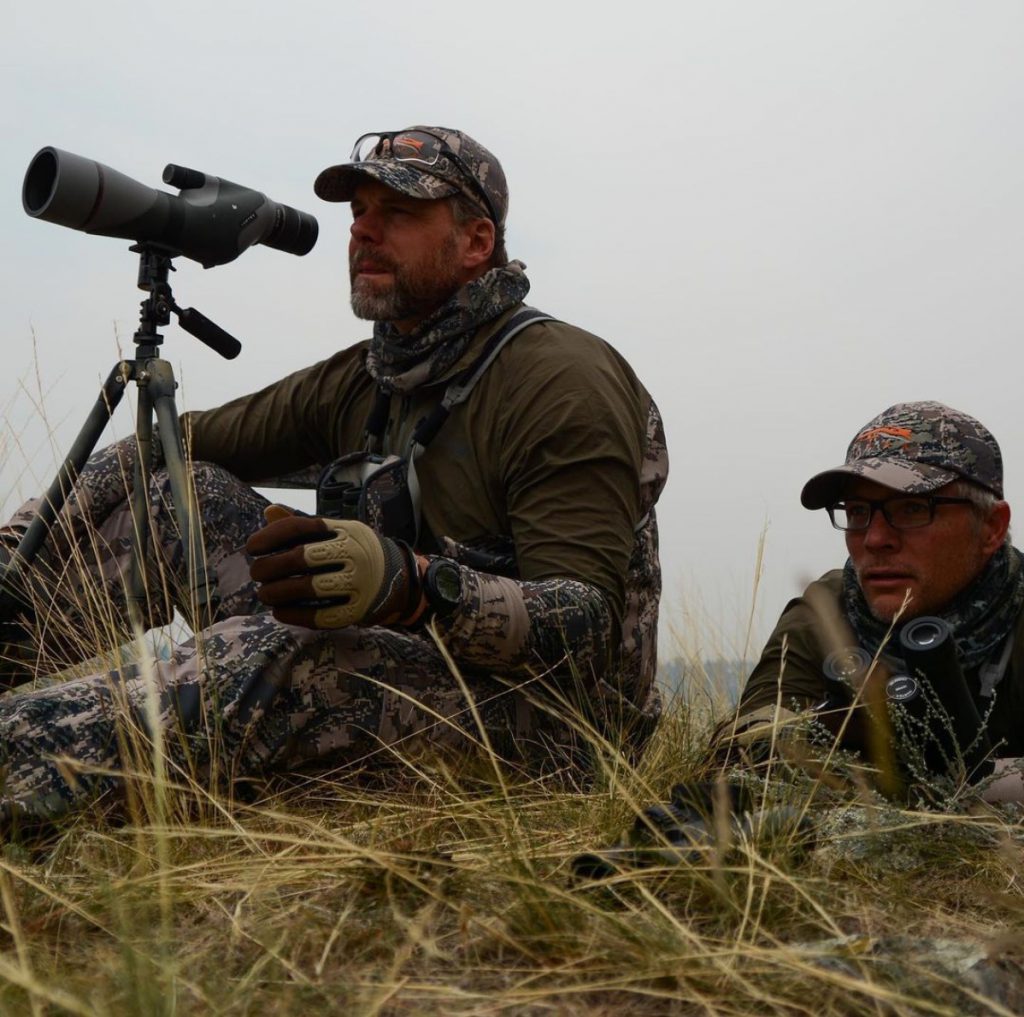
Sitka replicated ungulate vision through computer software. The program analyzes camouflage the way animals see, with 20/40 vision and a spectrum of blues, grays, and blacks that deer and elk perceive best. Then, Sitka tested how the pattern worked in the animal’s natural environment.
“I knew we were finally where we needed to be, when I would stand in front of something, and the photographer would try to focus and take the picture. He could not differentiate between me and the environment behind me through the viewfinder. We had to have a guy in civilian clothes stand in front. They’d focus on him, then he stepped out of frame, so they could take the picture.”
However, Barklow and team wanted their camo pattern to work on animals, not just cameras.
“But there’s another part to this,” he explained, “and that’s the commercialization part of this. It’s a combination of trying to take the ungulate vision and the human perception of it, and putting it in a meaningful package that does both things.”
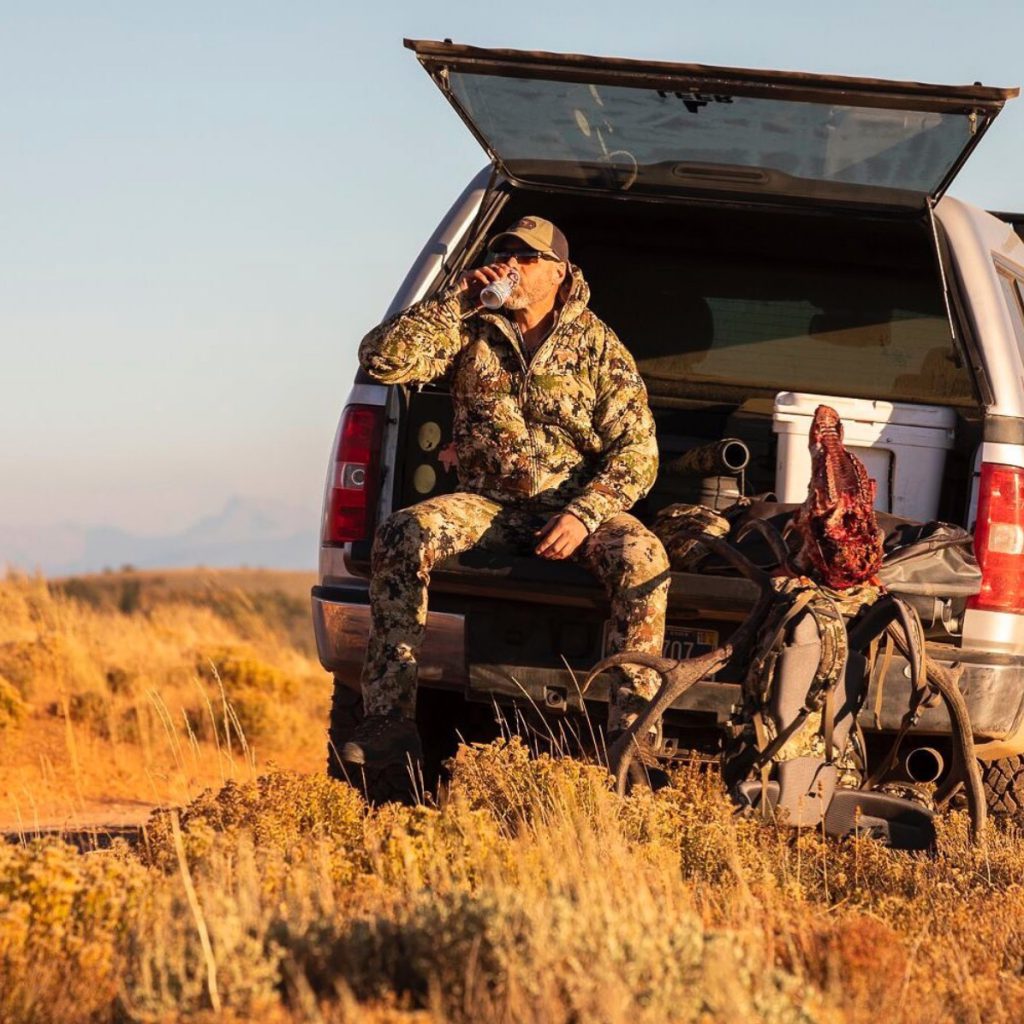
How did Sitka know when it struck camo gold?
“I had these experiences where I got so close to an animal that I could see the whites of their eyes, so to speak,” Barklow said. “The animal wasn’t looking at me. He was looking through me. I could get away with some movement that I wouldn’t have otherwise been able to get away with in the past.”
“And it’s not because I’m a great hunter,” he added. “If you want to try to stack every odd in your favor to provide a legal advantage, then camouflage, or at least the right kind of camouflage, can definitely have a benefit.”
Read Next: Gear Test: The Ultimate Bino Harness Shootout



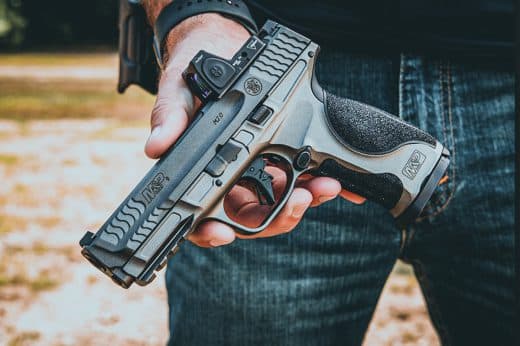
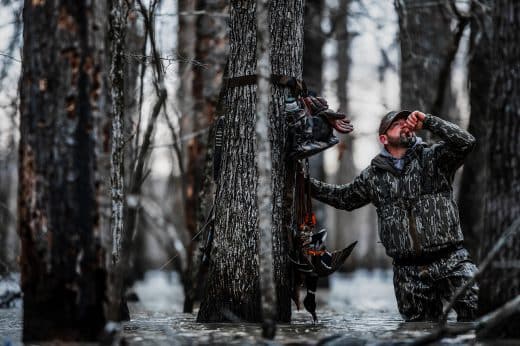
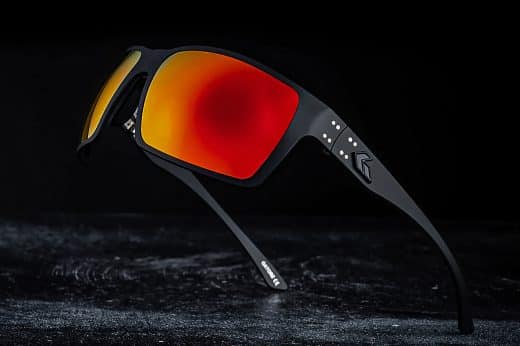


Comments